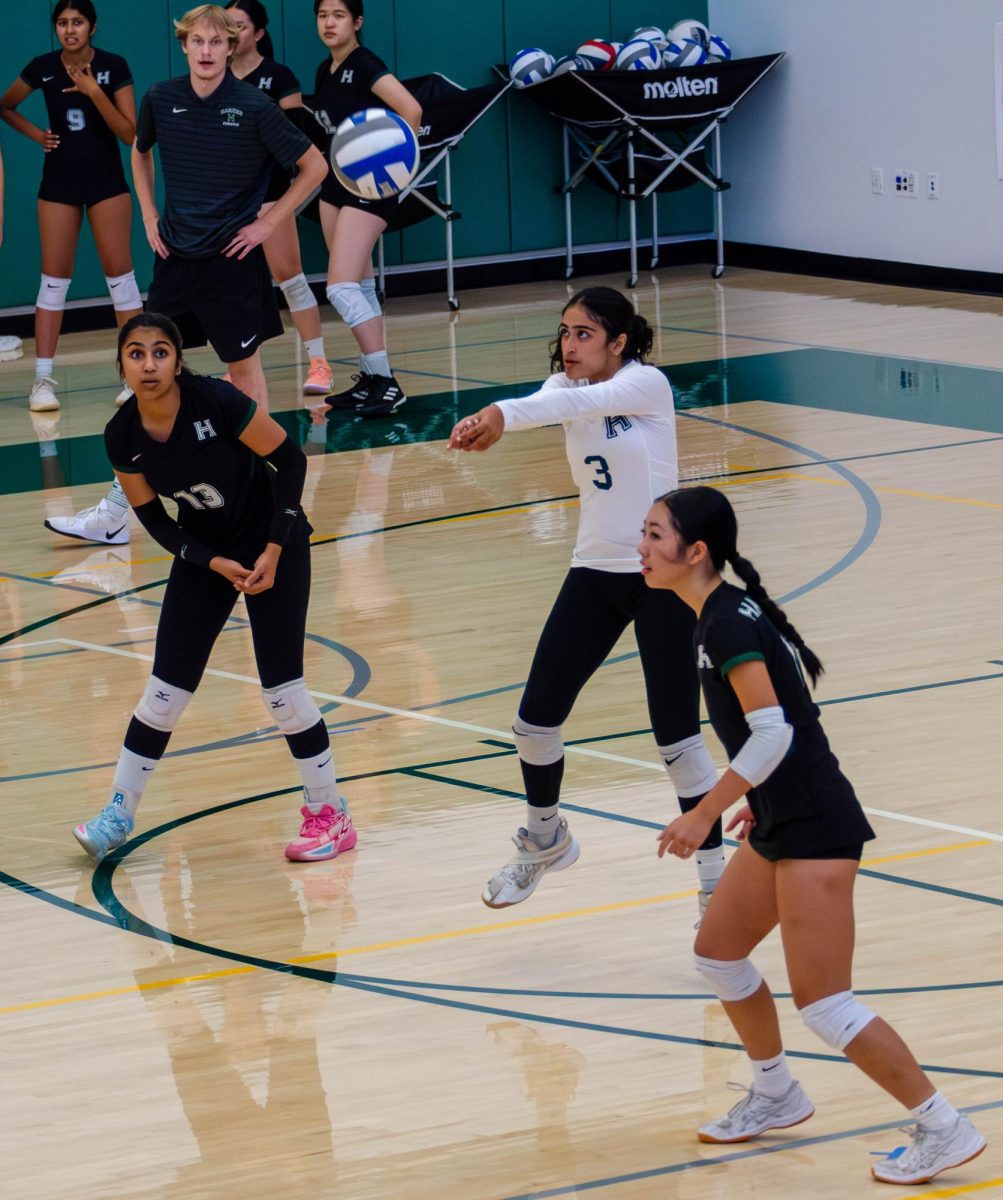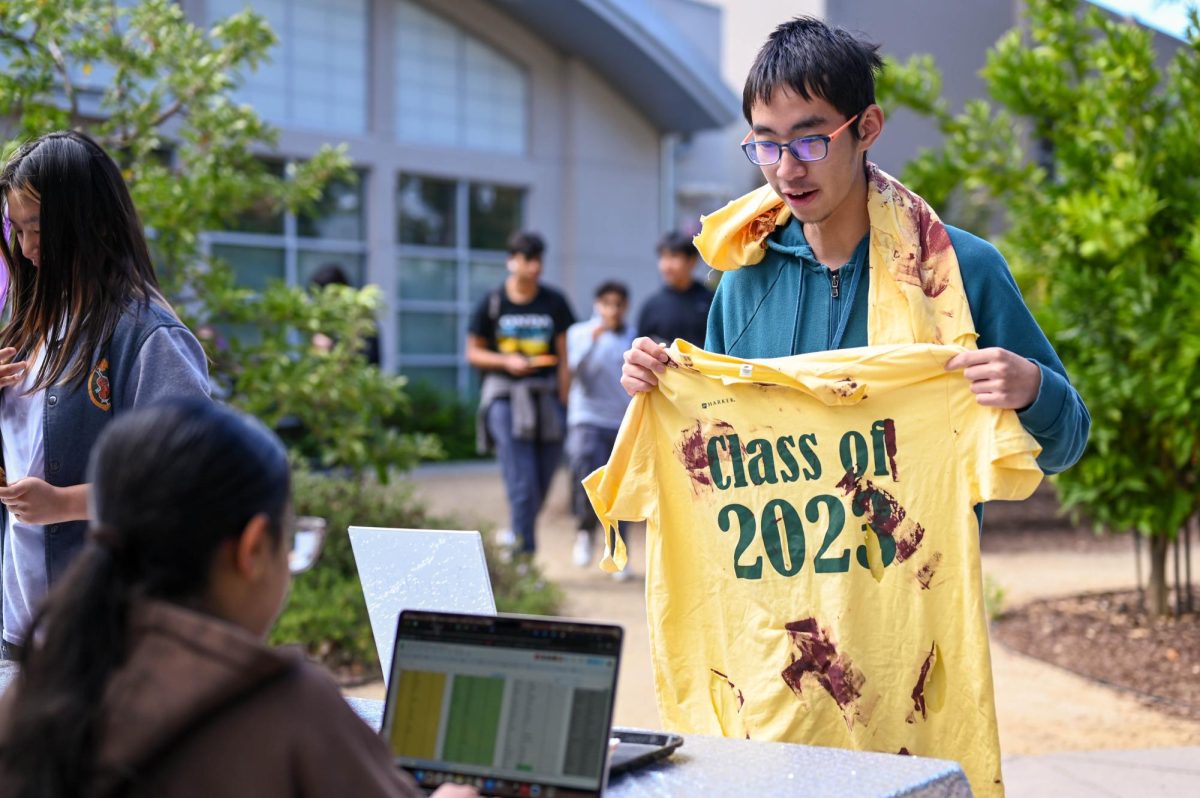Fake news phenomenon spreads across internet
October 12, 2017
Fake news is not a new phenomenon. From edited photos of Abraham Lincoln to OJ Simpson, falsified news has always been a problem, but today it is far more widespread than ever before.
“Platforms, principally Facebook, but also Google allow for really anyone to reach a really large audience and not only do they allow it, sometimes actually the algorithm is built in such a way to encourage the spread of sensationalist stories, regardless of whether they come from verified sources or not,” Director of the International Fact Checking Network Alexios Mantzarlis said.
Social media has played a vital role in the spread of fake news, allowing stories such as “Pizzagate,” a thread of false stories alleging that Hillary Clinton was affiliated with a child predation ring housed in a Washington D.C, to circulate widely.
“There’s no doubt that social media is the big, new unexpected development in terms of media evolution,” Paul Levinson, Professor of Communication & Media Studies at Fordham University, said. “Just as television was so important in the age of John F. Kennedy, and just as radio was so important when Franklin Delano Roosevelt was president in the 1930s, in the past year or two social media has become much more important, even than television and newspapers.”
According to a study conducted by the Stanford History Education Group (SHEG), students often have difficulties in identifying reputable news as opposed to advertisements or fake news. Upper school librarian Laurie Vaughan replicated the exercise presented to students in this study in both AP Government and Journalism classes, and found similar results.
“This is an environment where we can cultivate open conversations and discuss things within a discipline to discover true validity and looking for what’s true and what’s not true,” she said. “We need to be aware as teachers that this fake information and good information, no one’s classroom is safe from this.”
Despite studies such as the one conducted by SHEG, there is currently little quantitative information to suggest exactly how fake news impacts people’s thinking. This is largely due to how recently the phenomenon has become pervasive.
“Its been only really the center of attention for a couple of years,” Mantzarlis said. “The Academic process takes longer than that to really start sitting out results, so it’s hard to say based on research what kind of effect it has.”
Some ways to verify that news sources are reliable include checking multiple media outlets to see if the information is the same, researching who owns the domain of a website, reverse Google image searching photos to ensure that they are used in context, and checking that URLs are not slightly changed in order to imitate real news sources.
“We have to be engaged consumers of information, and we have to be willing to use the powers that we have to judge things objectively,” Vaughan said.
According to Levinson, another sign that a publication values accuracy is willingness to correct mistakes.
“What any medium needs to do, whether it’s a website, newspaper, television station or radio station is they have to try, first of all, to only report the truth,” he said. “But if they make a mistake, because human beings do make mistakes, they have to be quick to admit their errors, apologize, and move on.“
This piece was originally published in the pages of The Winged Post on October 12, 2017.


















![“[Building nerf blasters] became this outlet of creativity for me that hasn't been matched by anything else. The process [of] making a build complete to your desire is such a painstakingly difficult process, but I've had to learn from [the skills needed from] soldering to proper painting. There's so many different options for everything, if you think about it, it exists. The best part is [that] if it doesn't exist, you can build it yourself," Ishaan Parate said.](https://harkeraquila.com/wp-content/uploads/2022/08/DSC_8149-900x604.jpg)




![“When I came into high school, I was ready to be a follower. But DECA was a game changer for me. It helped me overcome my fear of public speaking, and it's played such a major role in who I've become today. To be able to successfully lead a chapter of 150 students, an officer team and be one of the upperclassmen I once really admired is something I'm [really] proud of,” Anvitha Tummala ('21) said.](https://harkeraquila.com/wp-content/uploads/2021/07/Screen-Shot-2021-07-25-at-9.50.05-AM-900x594.png)







![“I think getting up in the morning and having a sense of purpose [is exciting]. I think without a certain amount of drive, life is kind of obsolete and mundane, and I think having that every single day is what makes each day unique and kind of makes life exciting,” Neymika Jain (12) said.](https://harkeraquila.com/wp-content/uploads/2017/06/Screen-Shot-2017-06-03-at-4.54.16-PM.png)








![“My slogan is ‘slow feet, don’t eat, and I’m hungry.’ You need to run fast to get where you are–you aren't going to get those championships if you aren't fast,” Angel Cervantes (12) said. “I want to do well in school on my tests and in track and win championships for my team. I live by that, [and] I can do that anywhere: in the classroom or on the field.”](https://harkeraquila.com/wp-content/uploads/2018/06/DSC5146-900x601.jpg)
![“[Volleyball has] taught me how to fall correctly, and another thing it taught is that you don’t have to be the best at something to be good at it. If you just hit the ball in a smart way, then it still scores points and you’re good at it. You could be a background player and still make a much bigger impact on the team than you would think,” Anya Gert (’20) said.](https://harkeraquila.com/wp-content/uploads/2020/06/AnnaGert_JinTuan_HoHPhotoEdited-600x900.jpeg)

![“I'm not nearly there yet, but [my confidence has] definitely been getting better since I was pretty shy and timid coming into Harker my freshman year. I know that there's a lot of people that are really confident in what they do, and I really admire them. Everyone's so driven and that has really pushed me to kind of try to find my own place in high school and be more confident,” Alyssa Huang (’20) said.](https://harkeraquila.com/wp-content/uploads/2020/06/AlyssaHuang_EmilyChen_HoHPhoto-900x749.jpeg)










